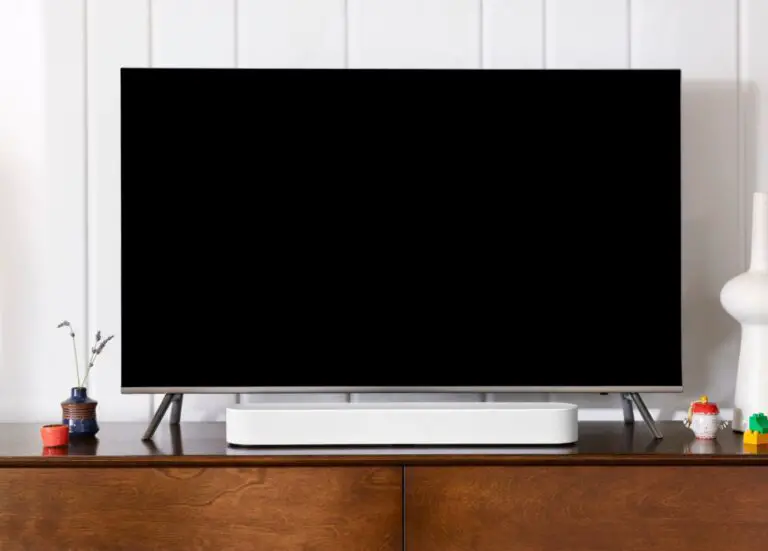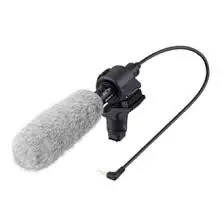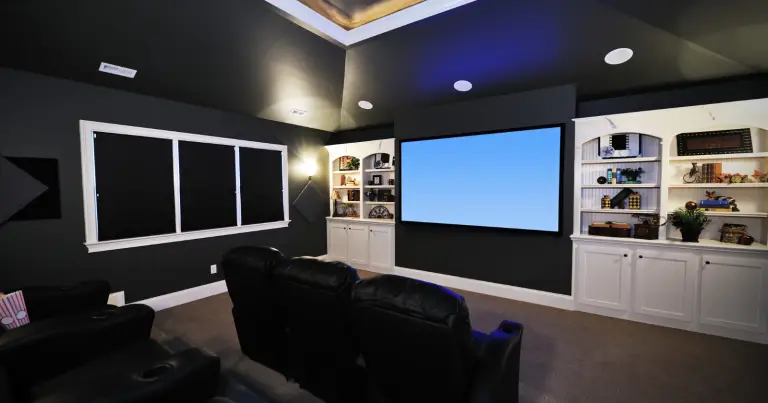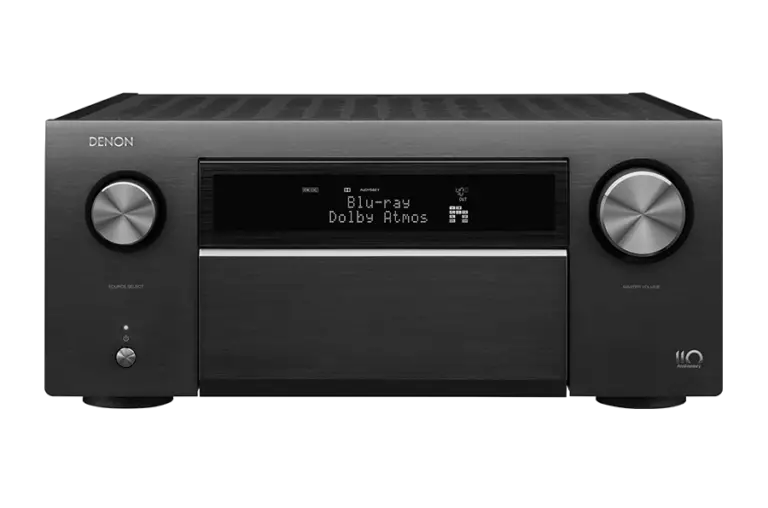What could be more fun than a long drive with your favorite music amplified on your car radio system? You could be wrong if you think speakers are all you need to satisfy your musical needs. You’ll also need an appropriate amplifier to give those loudspeakers a boost. But, How To Connect A Car Amp To A Wall Plug?
Let’s say, for example, you’re considering replacing your car’s amplifier. Once this new one is installed, what will happen to the previous one? Do you just leave it in the garage or get rid of it? Using an amplifier designed for a car in your home is something you haven’t considered before, but you should.
We have prepared this article, How To Connect A Car Amp To A Wall Plug, so you can know how to connect a car amp to a wall plug so you can enjoy music in your home as well.
What important considerations should be made when selecting a power supply?
Several important considerations should be made when selecting a power supply:
1. Voltage
2. Current
3. Wattage
4. Connectors
5. Safety measures
6. Dimensions and mass
7. Price
Steps In Connecting A Car Amp To A Wall Plug
Following these steps, you can plug in your car’s amplifier to your home’s electrical system and experience the same high-quality sound and robust bass you expect from your vehicle’s stereo.
1. Right Power Supply For Your Amp
You must first select an appropriate power supply unit to plug your automobile amplifier into a standard wall outlet. The size of the power supply unit you select will determine the maximum amount of electricity your automobile amplifier can use.
Keep in mind that a more robust power supply will be required for a more powerful amplifier.
2. Amperage Rating
First things first: determine how many amps your car’s amplifier is capable of handling. Referring to the amplifier’s user manual and finding the section of the book that discusses the input power requirements is one method for accomplishing this. If you cannot locate the manual, you should seek assistance from the internet.
You can get the amperage rating on the manufacturer’s website or in reliable internet communities devoted to vehicle audio online.
Watch this video on How To Connect A Car Amp To A Wall Plug
3. AC to DC Inverter
An AC-to-DC power converter is required to change the alternating current voltage of 110 volts to a constant 12 volts of direct current. Check to see that the current rating of the inverter falls within the range of values capable of managing the amp’s amperage consumption.
4. Connecting The Inverter To The Amp
This is a crucial part of plugging a car amplifier into a wall plug. Let’s further break this procedure into its constituent parts.
- Use a 16-gauge wire in yellow or white in addition to black and red wires that are each 10 gauges in diameter. The three wires should be clipped together to facilitate their transition from the amplifier to the inverter.
- Use a wire stripper to remove half an inch of insulation from each wire’s both ends.
- You’ll need a screwdriver to loosen the amp’s REM terminal and power terminals (+ and -). After that, connect the bare ends of the white/yellow wire to the REM terminal, the black wire to the negative end, and the red wire to the positive terminal. Retighten the terminal screws, so the wire is securely fastened to each terminal.
- Loosen the terminal screws on the inverter. The two terminals (positive and negative) of an AC to DC inverter are not shared with amps. First, thread the unpeeled side of the black wire through the inverter’s negative terminal and screw it down after it removes the insulation from the ends of the red and REM white/yellow wires coming from the amplifier.
Before continuing, check that each wire is securely fastened to the appropriate terminal on the amplifier and inverter.
Read my article: The 5 Best Pet Insurance Affiliate Programs
5. Plugging The Inverter
After all of the essential wiring has been finished, the amplifier and inverter will be put together. When the inverter has been properly connected to an electrical outlet, it can be activated similarly to any other household machinery. Tap the power button on the amplifier, which will indicate that the inverter has been turned on.
If everything is connected correctly, the AC to DC converter will enable you to turn on your amplifier when you plug it into an electrical outlet. This is only the case if the converter is properly powered.
6. Selecting The Right Speakers
Speakers for home stereo systems typically have an impedance (electrical resistance) of 8 ohms. The standard for automobile amplifiers is 4-ohm speakers. While 8-ohm speakers won’t produce quite as much sound, they’ll work just fine in a pitch. If you want to upgrade your car’s audio system, get speakers that come in a box.
Speakers with a lower ohm rating, such as 2 ohms, will provide a louder output from an amplifier of any power setting. The sensitivity of your speakers, measured in decibels, is another consideration. But speakers with a sensitivity of 90 dB will produce twice as much sound as a set with a sensitivity of 87 dB since every 3 dB of sensitivity doubles the loudness.
7. Testing The Setup (How To Connect A Car Amp To A Wall Plug)
Insert a music player, such as an MP3 player, into the amplifier. Power up the amplifier while keeping the volume at a modest setting. An electrical outlet with the faulty ground will produce a noticeable hum when an appliance is hooked into it. If using a different outlet doesn’t work, try turning off the power and waiting a while.
If the buzzing has stopped, gradually increase the volume to a comfortable level. It’s important to keep an eye on the amplifier and the power supply to ensure they’re not becoming too hot. To prevent the amplifier from overheating, use higher-impedance speakers. The amplifier is using too much power if the power supply gets hot.
Conclusion
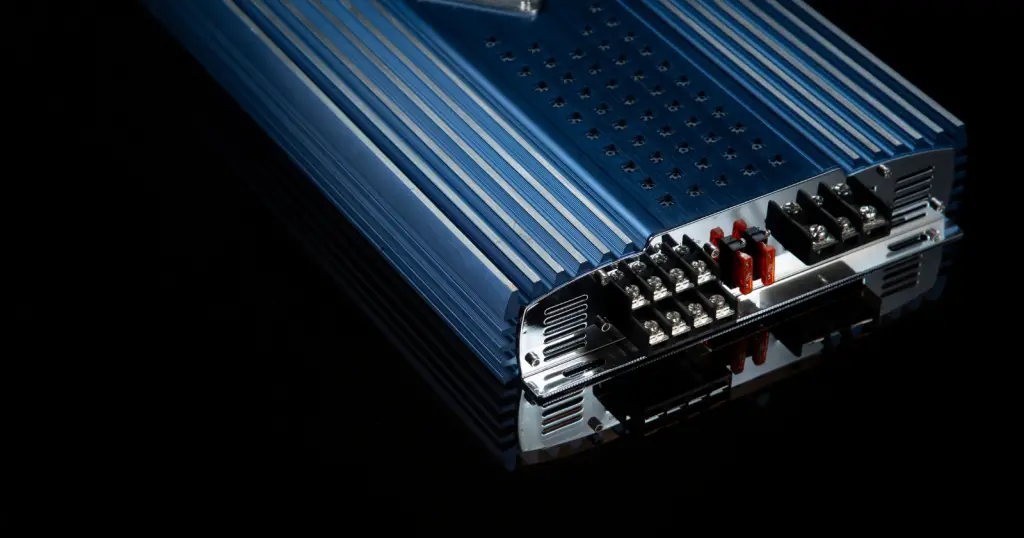
It’s not a bad idea to bring the amplifier from your car into your house and use it as a source of entertainment, but the issue is that many people aren’t aware of How To Connect A Car Amp To A Wall Plug.
Nevertheless, after reading this post, How To Connect A Car Amp To A Wall Plug, you are now well aware of all the steps to connect a car amp to a wall plug, and you will be able to make the most of this helpful information.

